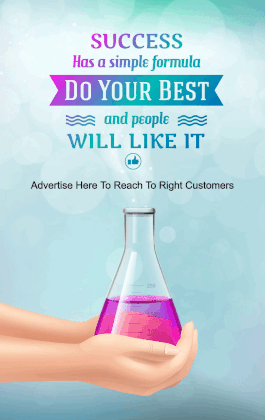Do compromises have to be made when turning to sustainable packaging?

It’s no secret that around the world, people have become much more conscious about their environmental impact.
A recent study shows that 45% of Generation Z shoppers have stopped purchasing from certain brands because of sustainability concerns. Similarly, 64% of consumers said they want brands to do more to reduce the materials they use, and to ensure the packaging materials are as sustainable as they can be. 70% are also willing to pay more for sustainable packaging.
Due to these consumer demands, as well as legislations that have come into place such as The Plastic Tax, the drive for sustainability is ever increasing. The problem is, due to a range of different factors, do compromises on performance or budget have to be made in order to implement sustainable packaging? In this article, we will find the answer.
What are the three main elements of sustainable packaging?
Let us start with the basics. When it comes to sustainable packaging, the desire is often focused on three main elements –
Preservation: Conserving the environment by using renewable material resources and eliminating leakage into the environment.
Reduction: Decreasing the carbon footprint by assessing and ultimately eliminating greenhouse-gas emissions
Circularity: Closing the loop by improving recyclability and usage of recycled content with the aim to ultimately re-use resources.
Even though the three pillars of environmental sustainability are interlinked, numerous corporations focus on circularity and reducing their footprint. In the world of packaging, that could mean using recycled content to increase circularity or redesigning packaging to avoid shipping air which reduces their carbon footprint.
It’s also important to remember that just because a material has low carbon, it does not mean they always have the highest recyclability or use of recycled content.
The good news is, Governments on all continents have responded to public concerns regarding packaging waste, especially single-use packaging waste, and are implementing regulations to minimize environmental waste as well as improving waste management processes.
Does sustainable packaging perform as well as plastic packaging?
Quality and performance are often seen as a weak point as it is widely believed that sustainable packaging is not as strong or cannot do the job required as well.
At Swiftpak we believe it all depends on a company’s sustainability goals. If a business is keen to recycle and operate in a relatively closed loop, then plastic might actually be the better option for them as it can be recycled more often. Or perhaps they may want to have a lower carbon footprint, in which case plastic is also better as paper has a larger carbon footprint than plastic does. This is explained further within our Complete Packaging Sustainability Guide.
However, if your company is one that wants to focus on decreasing leakage into the environment, there are several alternatives available that serve the same purpose as plastic packaging, and performs just as well, such as:
Paper Voidfill – Paper Voidfill is the perfect protective packaging solution. It’s versatile and reusable and fills the excess space in your package to prevent movement. Not only is this a sustainable packaging option, but it also requires less material to be used compared to other types of voidfill, which enables savings on your packaging.
Honeycomb Wrap – the best solution if you are someone looking to avoid plastic. Our Honeycomb Wrap operates and performs almost identical to bubble wrap, only it is made of paper. An additional benefit is that it uses up a lot less storage space with the ability to store up to 250m of paper wrap on a single roll.
Gummed Paper Tape – offers a tamper-evident seal for your packages and protects your goods as well as the environment, what more could you need?
Supatak Kraft Paper Tape – An eco-friendly taping solution. This paper tape is reinforced with a high strength, high tack adhesive to suit all your sustainable packaging needs.



